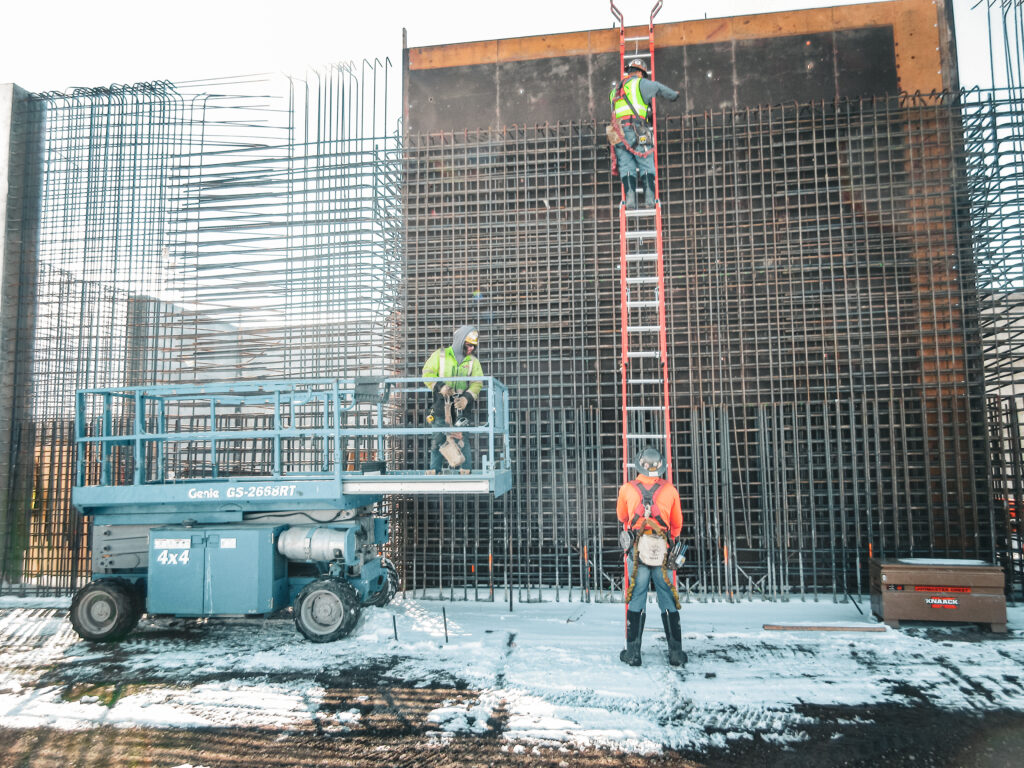Turning Gooding’s upgrade challenges into a treatment plant success
Faced with aging infrastructure and tightening environmental regulations, the City of Gooding (City) knew it was overdue to modernize its Wastewater Treatment Plant (WWTP). Long equipment lead times and the risk of operational disruption during construction raised the stakes and demanded a bold, strategic approach. But Keller Associates, Inc. (Keller), leveraging a 30+ year partnership with the City, saw an opportunity to turn these challenges into a model of innovation. Teaming up GSE Construction, Inc. (GSE), Keller spearheaded a collaborative, solutions-driven effort that delivered a $15.9 million upgrade and expanded the plant’s capacity to 0.54 million gallons per day.
This project wasn’t just about meeting today’s standards. It was future-proofing the system for the community’s evolving needs.
Rising to the Challenge
Every project presents a unique set of roadblocks, and this one had more than its fair share. With 70% of the existing plant being 40+ years old and no built-in redundancy, the City was exposed to real operational risk.
“The new plant Keller designed could meet and exceed our stringent permit limits. But delivering that solution required more than technical know-how. It demanded agility, foresight, and constant coordination.” – Paul Childs, Treatment Plant Operator for the City
What’s more, the team encountered a series of unexpected site conditions. There was shallow bedrock, a surprise clay layer at the sequencing batch reactor (SBR) basin footing, and outdated connection points that required full replacement. All of which weren’t just design challenges—they were potential project derailers. To make matters more complex, the team needed to stabilize new systems and navigate a global microchip shortage.

In addition to these hurdles, the team faced several other critical challenges—each met with strategic solutions:
- Winter concrete placement: Nearly 1,400 cubic yards of concrete were poured in freezing conditions. A remote monitoring system ensured optimal cold-weather curing.
- Complete equipment overhaul: The project replaced nearly all existing systems with new headworks, SBR, filtration, UV, and solids handling units. Seamless coordination with City staff provided a smooth transition and startup.
- Market volatility: When bids exceeded budget, the team swiftly pivoted to cost-effective alternatives that met performance goals without delaying the design or increasing costs.
Where There’s a Will, There’s Always a New Way
Necessity often drives innovation, and this project is the perfect example. Faced with unpredictable weather and budget constraints, Keller and GSE collaboratively employed several new technologies and practices that went beyond supporting successful design. It substantially lowered costs.
Here’s what we did:
Reused Existing Buildings
To meet budget constraints, we implemented some sustainable, cost-saving measures and repurposed several buildings. One example involved stripping down the headworks’ roof and interior walls and extending them up to accommodate new screening and grit removal equipment, which eliminated the need for a new structure. Another included repurposing the existing return-activated sludge pump facility to serve as a dewatering area, allowing the selected multi-disc dewatering screw press to be installed within the existing building.

Implemented Advanced Mixing Solutions
The existing solids holding tank floating mixing system had failed and was inaccessible for operators to service. To address this, the team tapped into innovative technologies, including a jet aspirator mixing pump for the solids holding tank, mounted outside the tank. This setup allows for efficient mixing and aeration while providing easy access for maintenance. By incorporating advanced tools and creative thinking, the team provided a successful, scalable design and significant cost savings—making a positive impact on the community.
Introduced a Robust Cold Weather Concrete Placement Program
The team used ground heaters, concrete blankets, and embedded Bluetooth temperature sensors to monitor cure conditions. This enabled the contractor to successfully place about 1,400 cubic yards of concrete in freezing conditions. Plus, the resulting data and documentation reassured the City they were receiving a quality finished product.
Approved Process Submittals at Preconstruction Conference
To address pandemic-related delays, the team used process preselection to create a customizable design for specific equipment and manufacturers. Five traditional equipment packages were released for bid, evaluated, and ranked based on criteria beyond price. The top-ranked manufacturer for each package was awarded the contract, and the submittal process began while the design was finalized. This collaborative approach allowed simultaneous approval of the five major processes and contractor selection. It saved months of review and approval time and allowed for buildings to be designed to fit specific equipment—saving money by avoiding costly redesigns and change orders.

A Foundation for Future Progress
The Gooding WWTP project’s technical success cannot be understated. It’s a prime example of how public infrastructure can be delivered with excellence, even under pressure. But it was also a defining moment for the City and its partners.
It showcases a team capable of rising to extraordinary challenges. The ability to complete a complex, mission-critical endeavor on time, under budget, and with zero recordable safety incidents, speaks volumes to Keller’s leadership and partnerships. The project also reflects a rare combination of fiscal responsibility, operational discipline, and community-focused innovation.

What made this project innovative?
- Preselected equipment
Major system delays were chosen and approved early on. This shaved months off the schedule and avoided redesign delays. - Smart concrete curing
Bluetooth sensors and cold-weather tech kept the pours high quality—even in freezing conditions. - Repurposed structures
Rather than start from scratch, the team got creative with existing buildings. This cut costs, reduced waste, and kept things running smoothly.
As Jeff Kennedy from DEQ noted, “The Gooding Wastewater Treatment Plant construction project was an example of continuous adaptability and proactive engagement from all parties involved.” That adaptability—paired with over 80,000 safe work hours and $100K in cost savings—allowed the City to include all five bid alternates without raising user rates. This project sets a new benchmark for what’s possible in public infrastructure. As the City continues to grow and evolve, the lessons learned here—about collaboration, adaptability, and long-term thinking—will serve as a foundation for future progress. It’s a blueprint for future-ready infrastructure that serves both today’s needs and tomorrow’s challenges.
Dealing with infrastructure, tight budgets, or regulatory pressures?
Keller can help—let’s solve them together.
